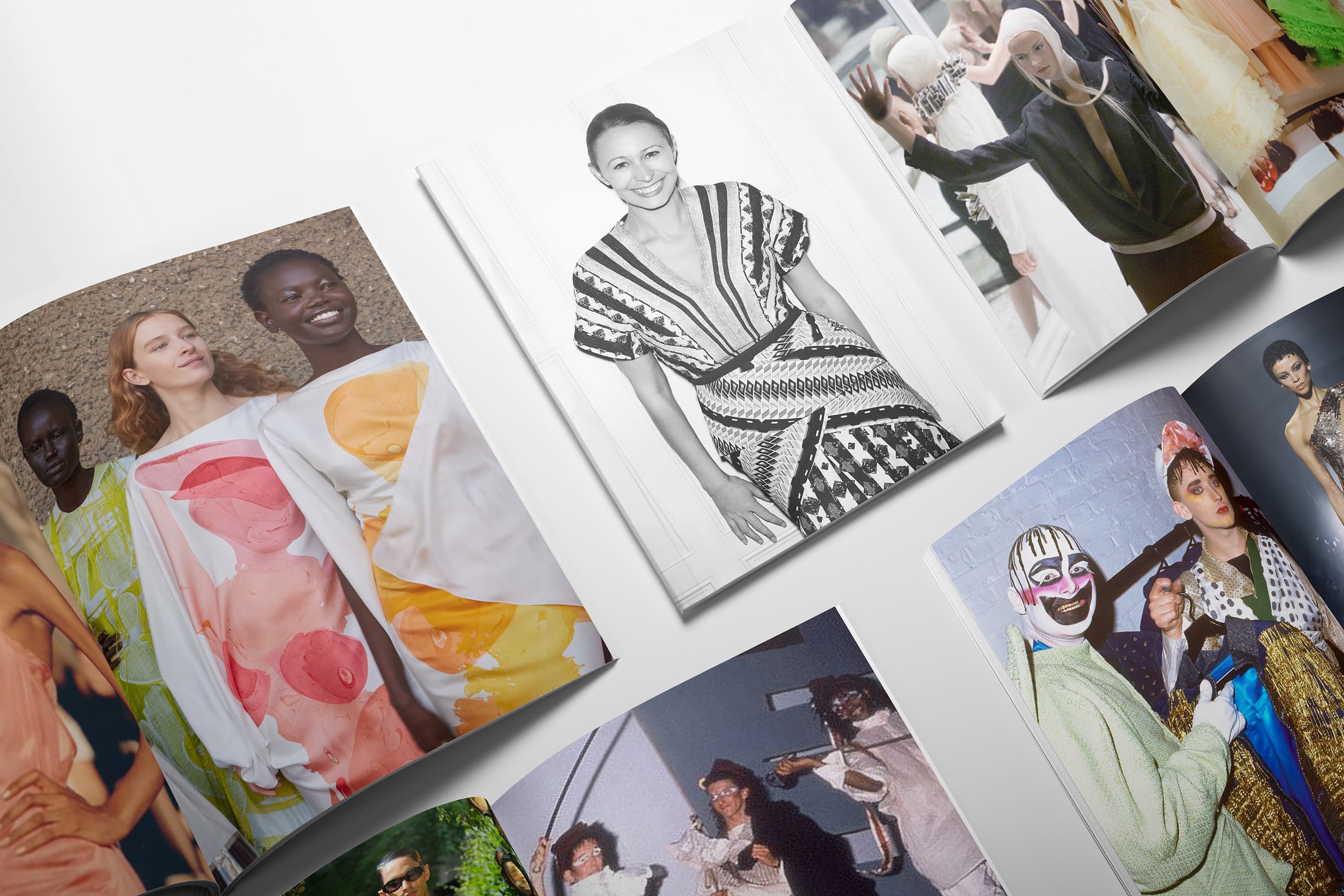How the British Fashion Council’s Caroline Rush is Setting London Fashion Week Up for its Next Creative Chapter
By Angela Baidoo
As a born and raised Londoner, London Fashion Week celebrating 40 years feels deeply personal. From learning to illustrate to glitchy DVDs of Alexander McQueen’s most emotive shows to training as an intern at the design studio of Maria Grachvogel. Then pouring over Colin McDowells reviews for the Sunday Times Style magazine every show season. London fashion week has always been a representation of the spirit of individualism and unbridled – often unhinged – creativity which has run through the veins of the British designers who have made it onto the runway.
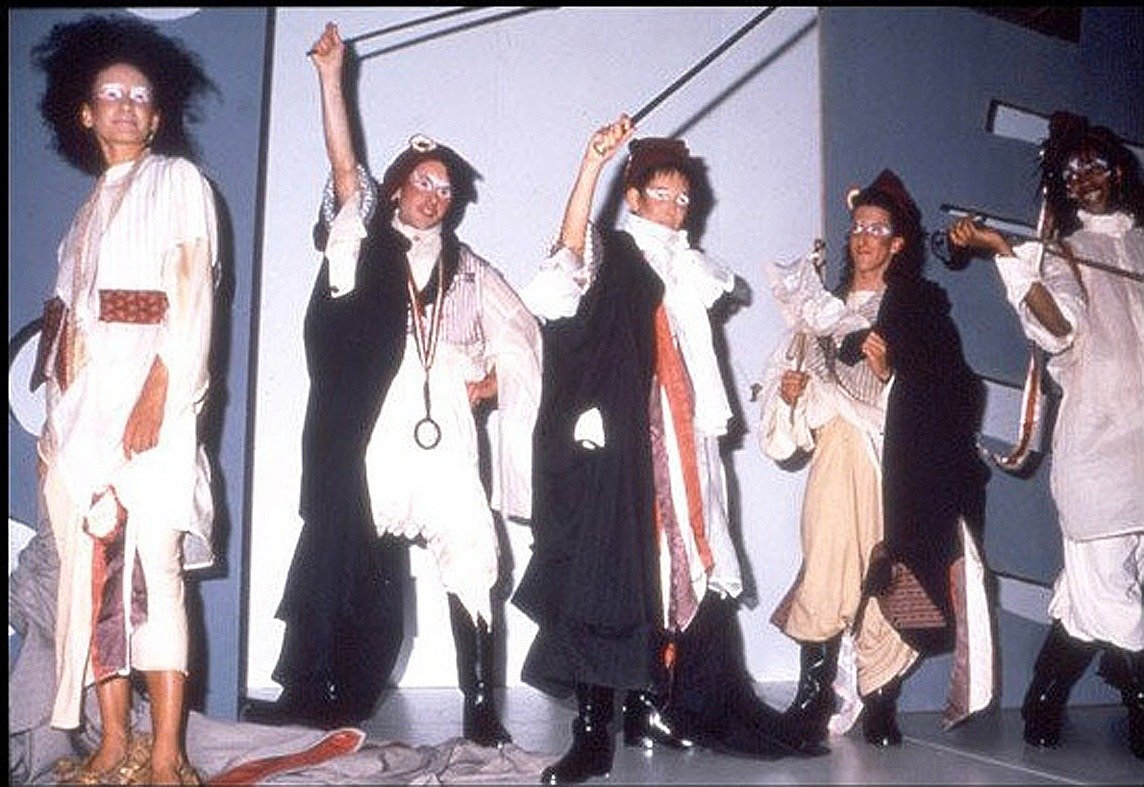
Over the course of four decades, London fashion week has grown to become a key global player, and one of the ‘Big Four’ cities on the fashion week circuit. From its humble beginnings in the Commonwealth Institutes car park, where 15 designers including Vivienne Westwood, Rifat Ozbek, Katherine Hamnett and Betty Jackson presented their vision of London style to the world.
The city itself has always played a key role in influencing designers, whether that be the infamous club scene which birthed the likes of performance artist Leigh Bowery, musician Boy George, and the New Romantic movement, or its storied history of royalty and high society whose pomp and ceremony would find its way into the collections of everyone from John Galliano in his early years (and throughout his career, but on the occasion of his London fashion week debut and graduation show titled Les Incroyables it was actually the French Revolution which caused a wave of excitement at the time) to Simone Rocha now, who has created a ritual out of referenced romance, fit for the modern-day woman.
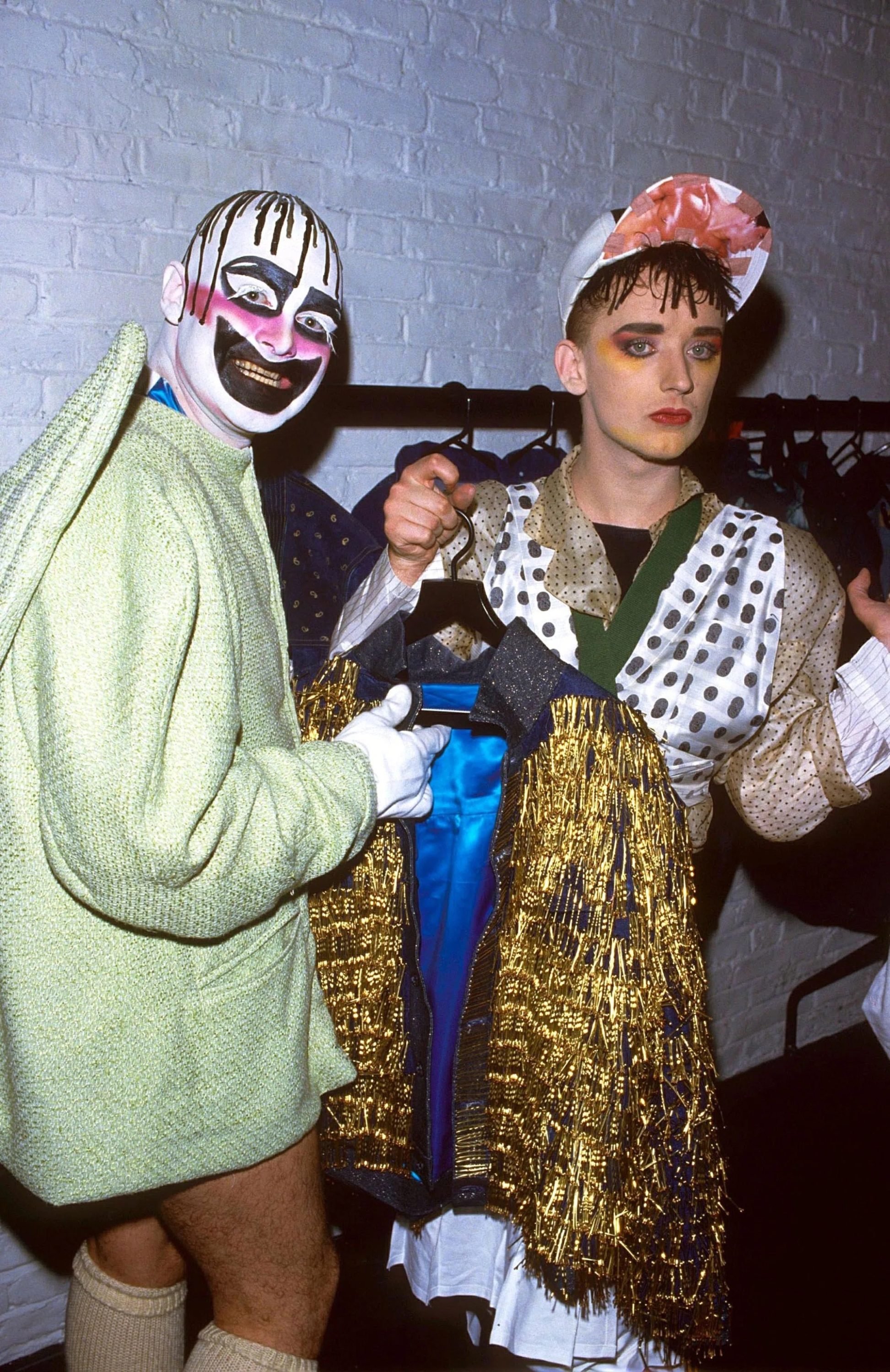
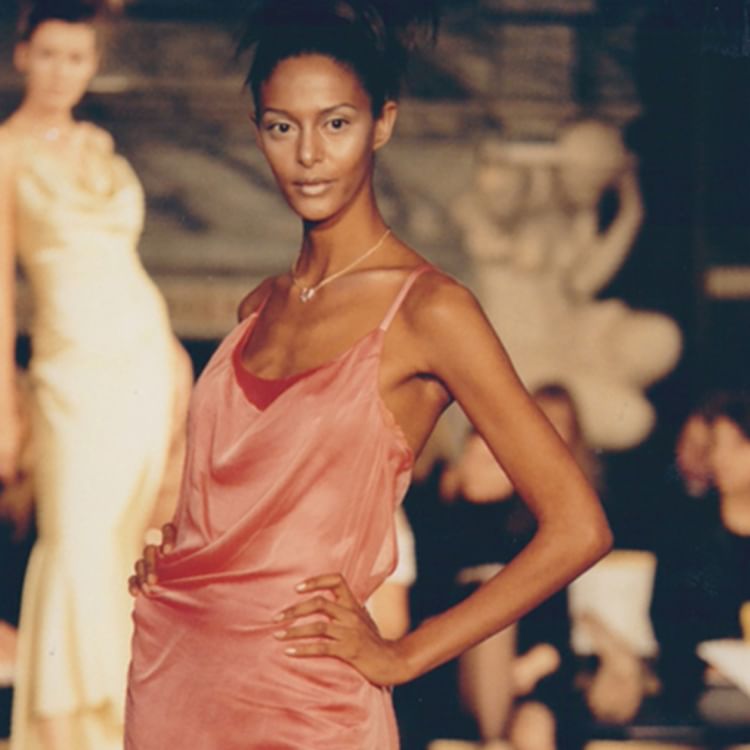
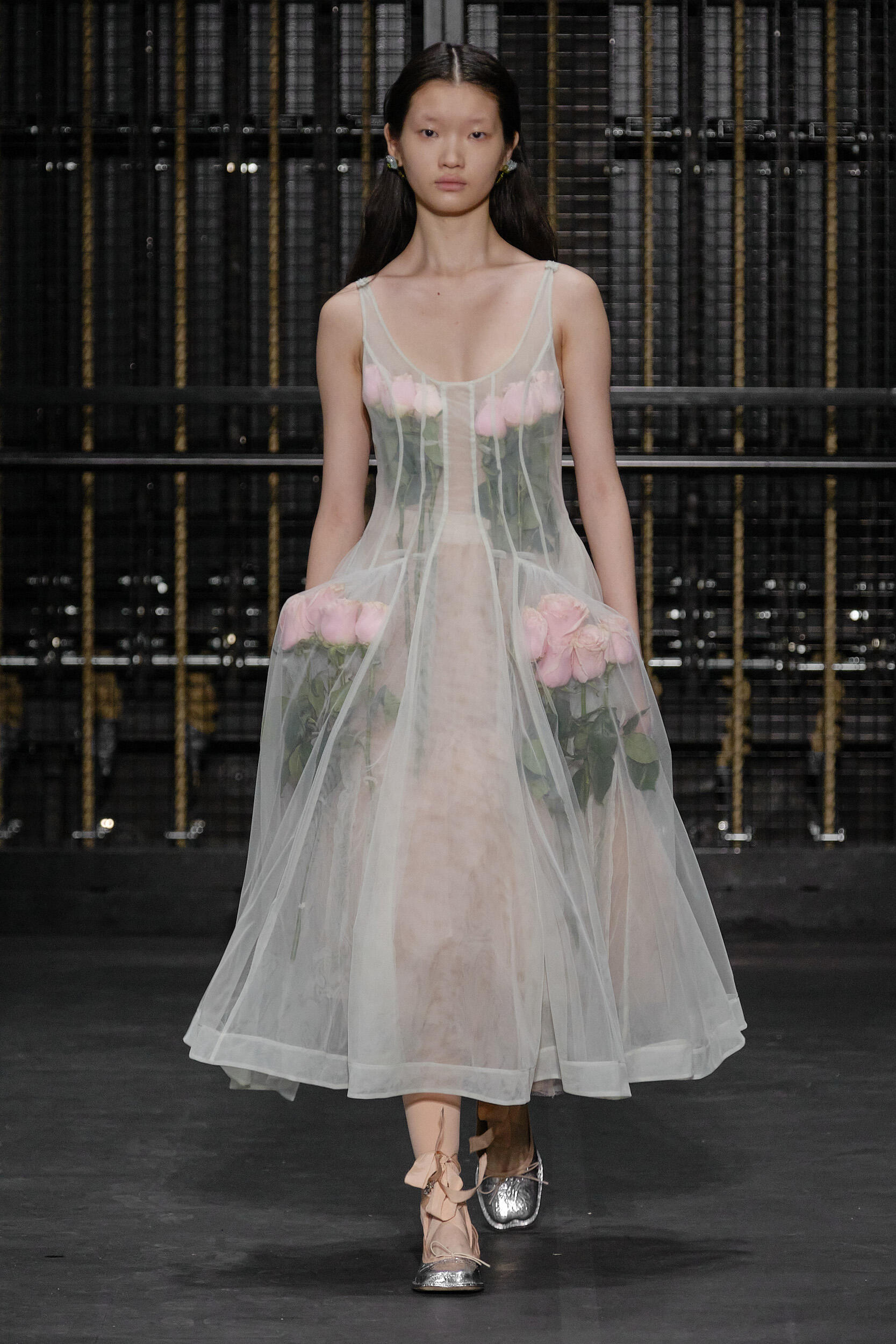
Solidifying its global reputation as part of the official fashion calendar in the mid-1980s, the city acted as a spring board for highlighting the creative talents of the alumni from some of the UK’s most prestigious art colleges. Designers who graduated from institutions such as Central Saint Martins, London College of Fashion, and the Royal College of Art took to the runways with fervour. So much so that it attracted the attention of Bernard Arnault, who tapped many British names to head up his most feted stable of brands. Givenchy alone saw John Galliano, Alexander McQueen and Julien Macdonald take the helm, followed by Claire Waight Keller in 2017.

Breaking out of the exclusive client-only presentations which took place behind the closed doors of French couturiers, fashion weeks were established across four key cultural hubs, from the 1940s through to today, where cities such as Tokyo, Tbilisi, Berlin, and Lagos have joined the fray. London itself could be considered a relative newcomer to the schedule as it launched in 1984, Milan fashion week established itself in 1958, with New York starting during the Second World War in 1943 by Eleanor Lambert. And even though Paris got its official fashion week start in 1973, it is considered the Grand Dame, as in the 1850s dressmaker Charles Frederick Worth spearheaded the fashion salon by presenting his latest designs on live models to private clients, and is considered the father of ‘Haute Couture’. With London, New York, Milan, and Paris all on board, the bi-annual flow of press and buyers to all four corners of the globe and beyond began.
Index
- Radicalism Meets the Runway
- A Step Back in Time
- Brace for Graphic Impact
- Multi-cultural Communities Matter
- Three Times a Lady
- Leading London into the Next 40 Years with British Fashion Council CEO Caroline Rush
Across the decades London fashion week has built a strong reputation for birthing the careers of radical designers, purveyors of quintessential British style, and the culturally connected who take their inspiration from both the street, and the communities they are surrounded by.
Radicalism Meets the Runway
In the hands of Hussein Chalayan, Alexander McQueen, and Jonathan Anderson radicalism truly met the runway. Chalayan’s shows made the viewer suspend belief with furniture that became fashion, while McQueen made you believe in fantasy, ushering you into a world of theatre which celebrated the macabre or the evolutionary. For the finale of his Spring 2001 show ‘Voss’ a centrepiece glass box’s sides fell away to reveal a room akin to that of the padded cell on a psychiatric ward, with a masked plus-size model attached to a breathing tube laying inside. Craig Green and Jonathan Anderson brought a heightened level of excitement back to the British menswear scene, which had shed itself of its stuffy three-piece suit image, renowned of the English Gent. And instead, via Green, we have had complex construction techniques and handcrafted practicality to rival that of Thom Browne. While Anderson who, for fall 2024, revisited his middle-England enraging men’s frilled shorts from his debut collection, has had the innate ability to remain creatively curious with his upending of ideas around Britishness, from childhood nostalgia (plasticene, BMX bikes, and Wellipets boots) to the dawn of the digital age.


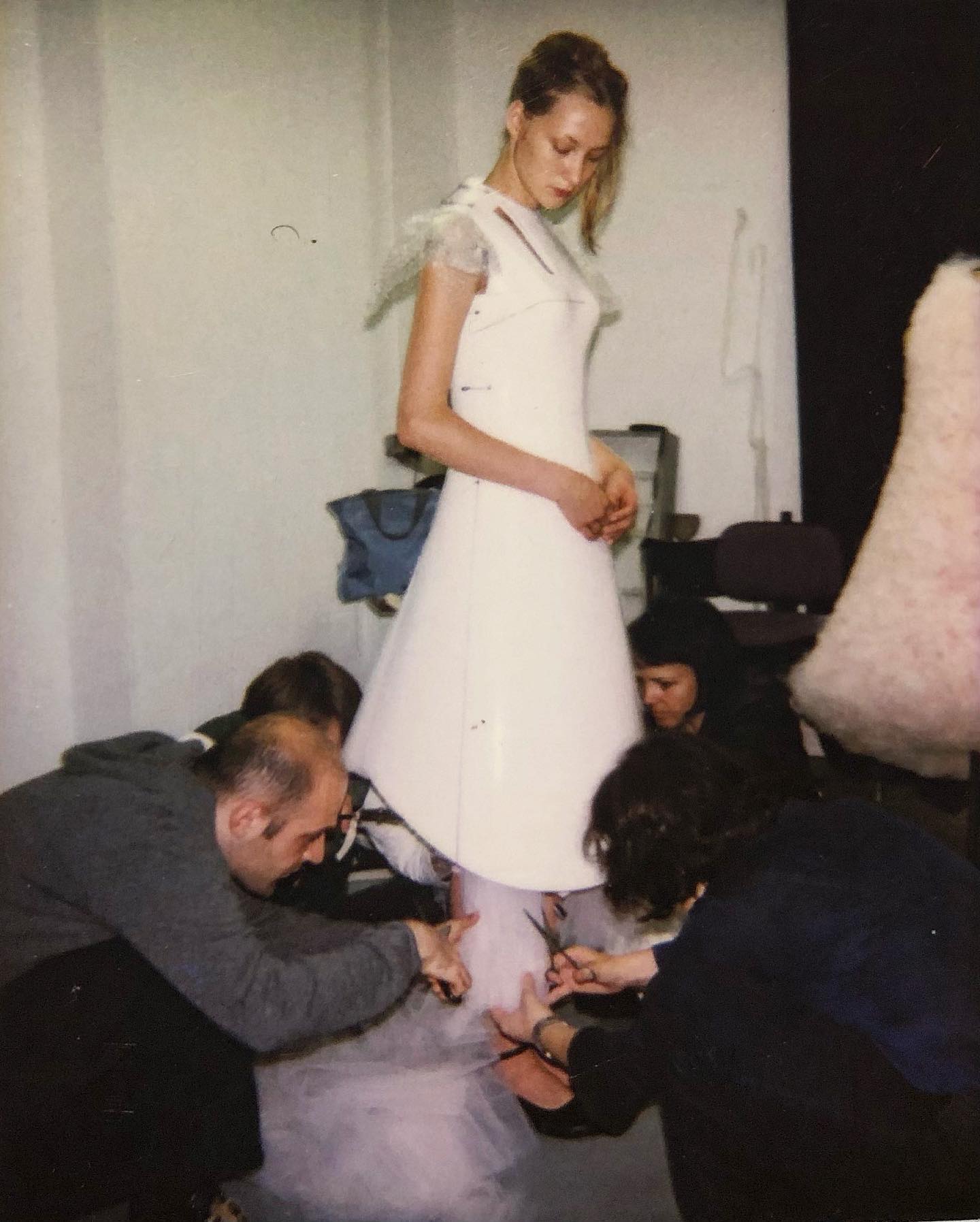
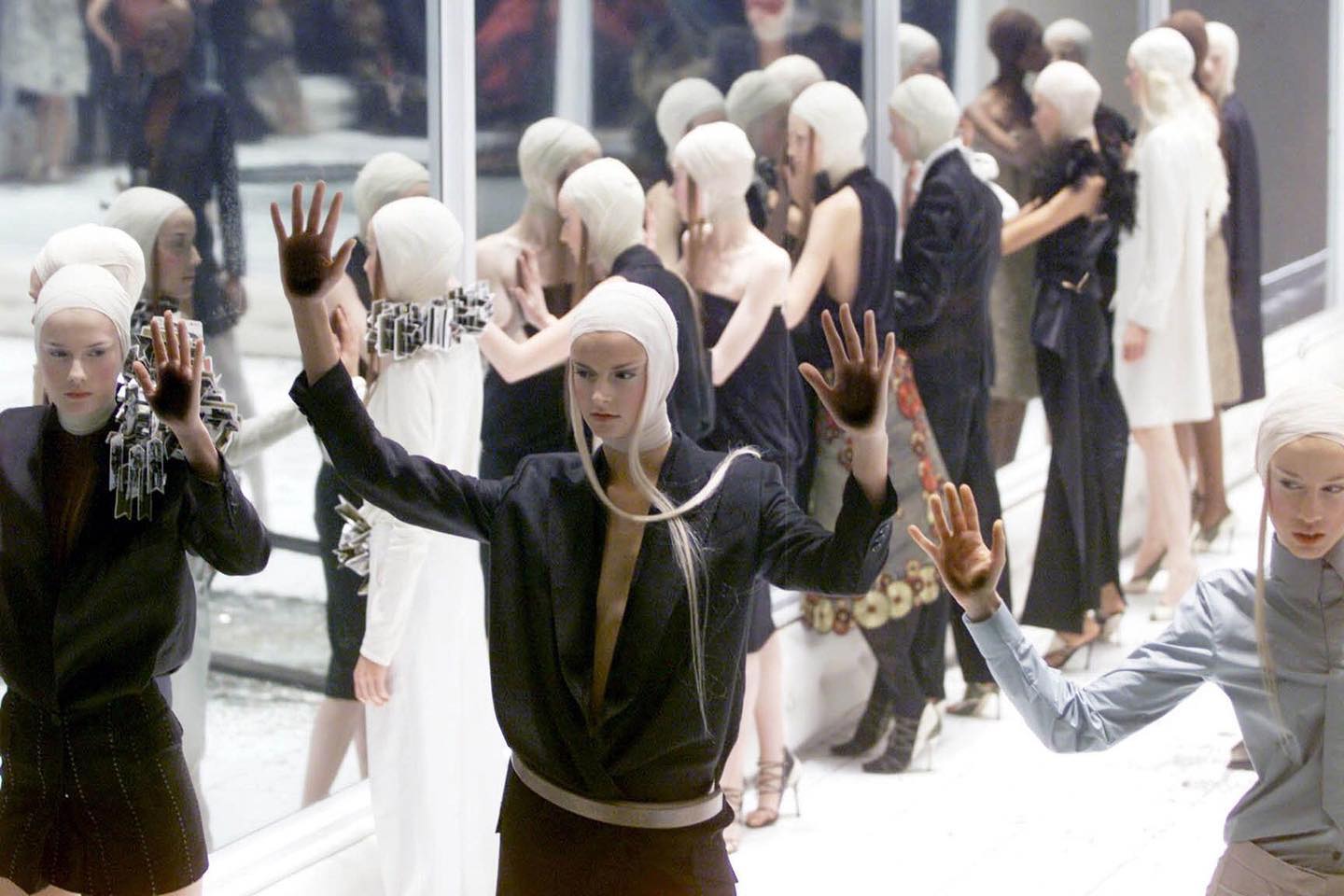
A Step Back in Time
History always finds a way of repeating itself, and for a country so steeped in centuries-old tradition, it has often served as the starting point for designers such as Vivienne Westwood who would often upend tropes of high society and historical costume to provoke and delight. As was the case during her punk years and her bondage trousers, the way in which she reworked corsets – in golden metallics and draped checks – which could be worn just as easily as part of an everyday outfit, to her mash up of the Victorian crinoline skirt and modern mini (in 1985 anyway) to invent the ‘Mini-crini’, ensuring Westwood’s legacy is one that will endure, as she stood out as someone who showed others how to plunder the past and rock the establishment. That historical husbandry now manifests itself through the collections of the namesake brands of Erdem (Moralioglu) and Simone Rocha, who both demonstrate how the romanticism and exaltation of the female form from the past remains relevant in a world which seems increasingly devoid of both.
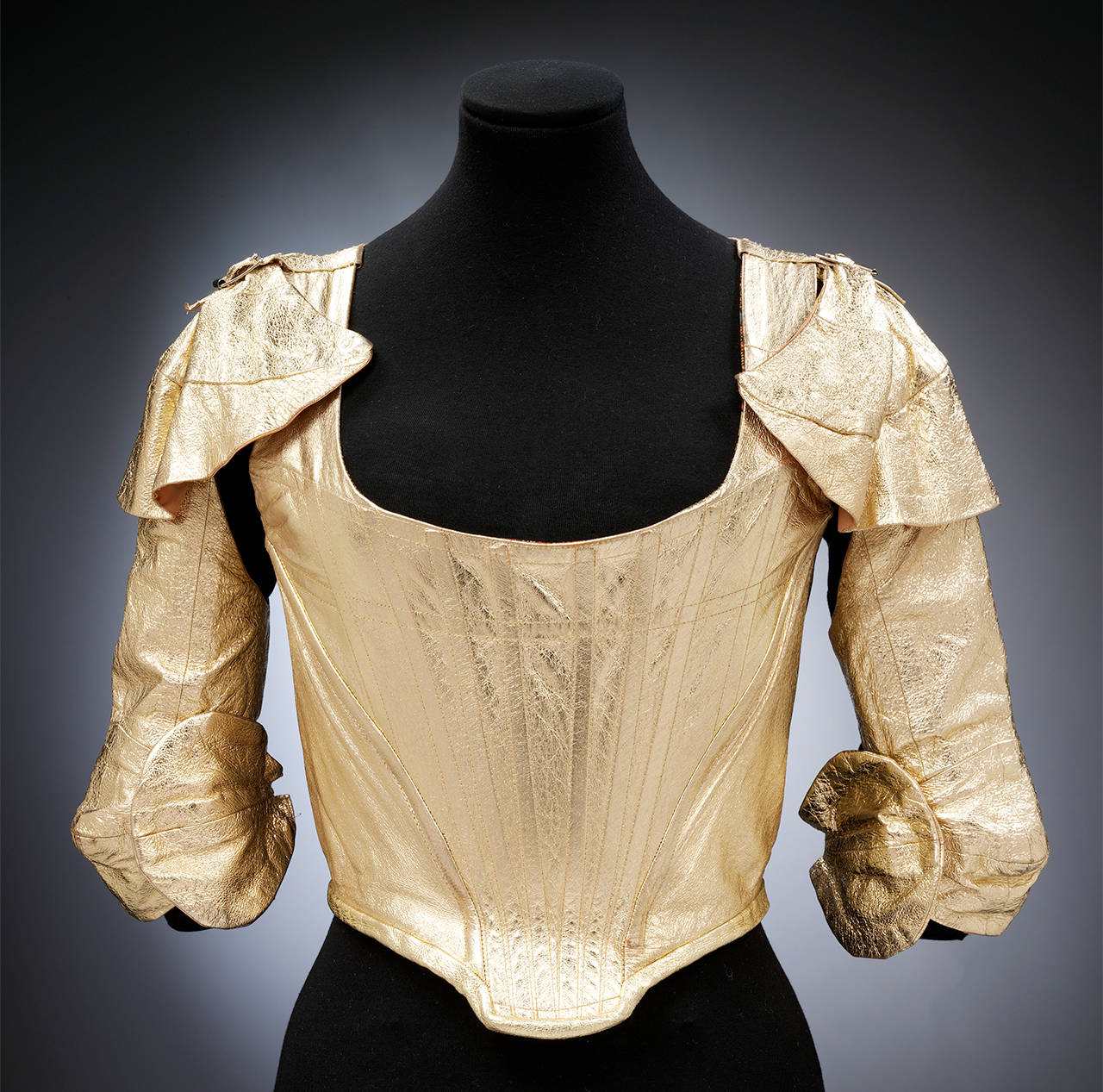
Brace For Graphic Impact
The UK’s significant contribution to graphic design is well-documented, from Peter Saville (Factory Records and Burberry’s most recent logo rebrand) to Margaret Calvert (UK road signs). And with the emergence and proliferation of digital prints in the 2000s and the confident mixing of striking colour combinations used by designers including Mary Katrantzou, Jonathan Saunders, Peter Pilotto, Roksanda, Matthew Williamson, Christopher Kane and House of Holland, editors and buyers from around the world were drawn to the city every season. In his fall 2015 collection, Saunders paid homage to the mod movement with Bridget Riley influences and sharp linear flourishes. Peter Pilotto (designed by Christopher De Vos and Peter Pilotto) were innovators in their use of digital design tools for their all-over prints. Creating the illusion of texture and three-dimensions which were often a feast for the eyes, look to their spring 2013 show as a keen example, they also incorporated ruffles and embellishment that would not look out-of-place on a Louis Vuitton runway now. Serbian-born Roksanda Ilinčić casts her net wide when it comes to colour parity, where a neon coral will hold as much weight as a cobalt blue in conveying her message. Often using large canvases in the form of sculptural volume silhouettes – whether showing within the brutalist confines of the Barbican Estate or the ‘Black Chapel’ Serpentine summer pavilion – the clothes are always kept in focus as she perfects the art of merging the art with the artist and the artisan.
No longer a fixture on the London fashion week stage, Mary Katrantzou still managed to send the internet into a frenzy with her custom-made look for Beyonce’s Renaissance tour (an artist who the designer is not unfamiliar with having also made looks for her Black Is King visual album), creating an update of her perfume-bottle motif dress from her debut fall 2009 collection. Which as a NEWGEN recipient propelled her vision forward. Something she never compromised on throughout her seasonal showcases.
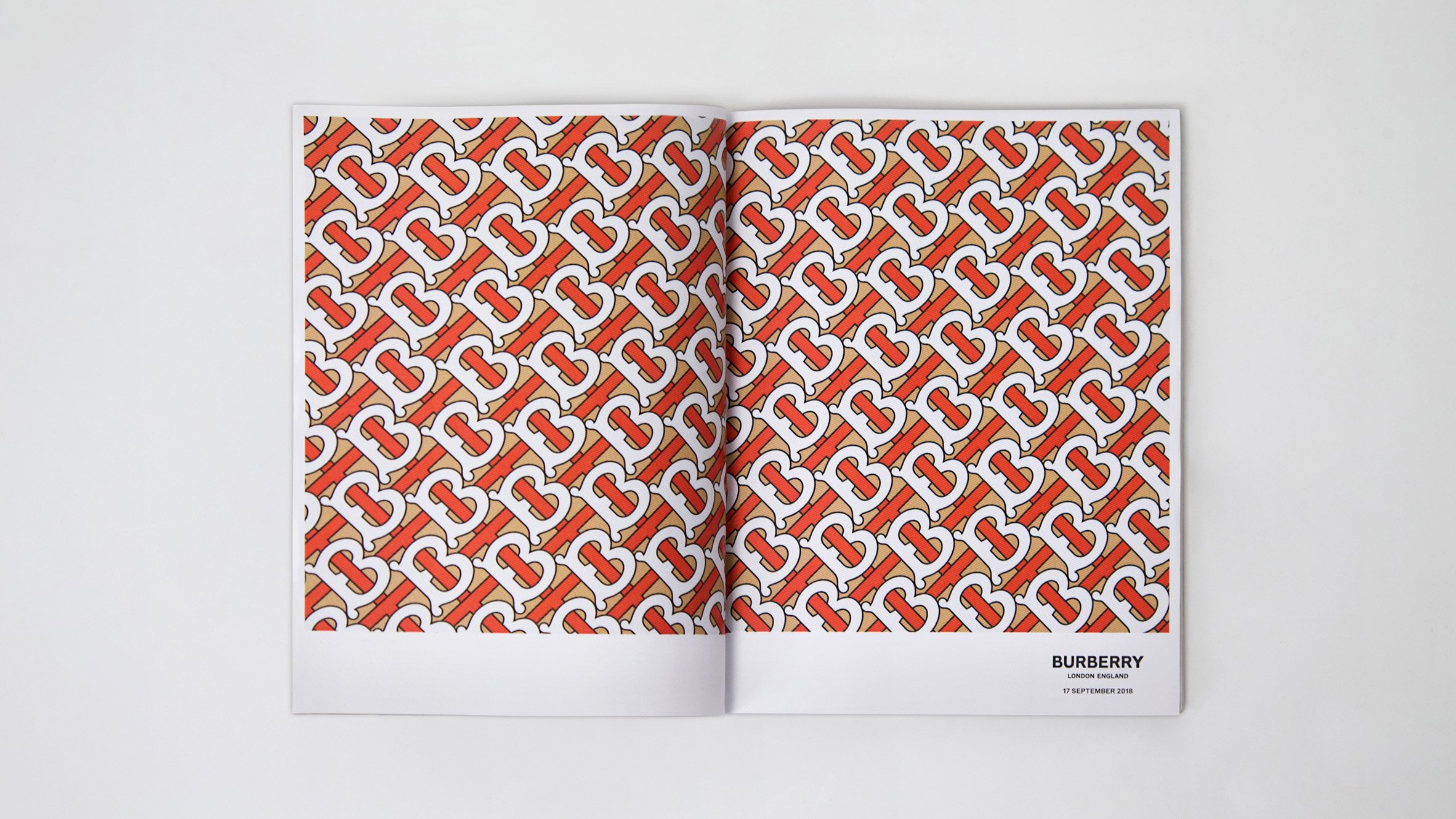

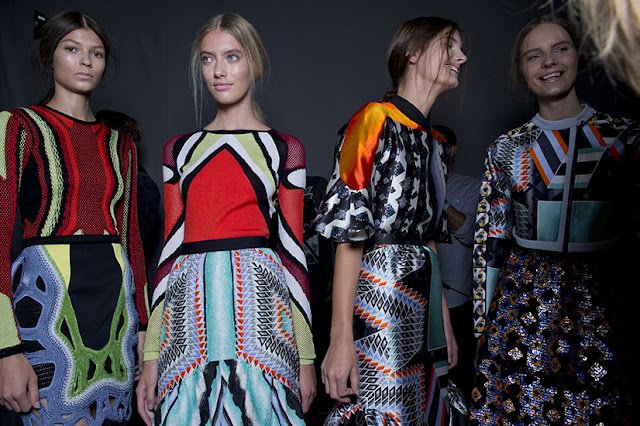
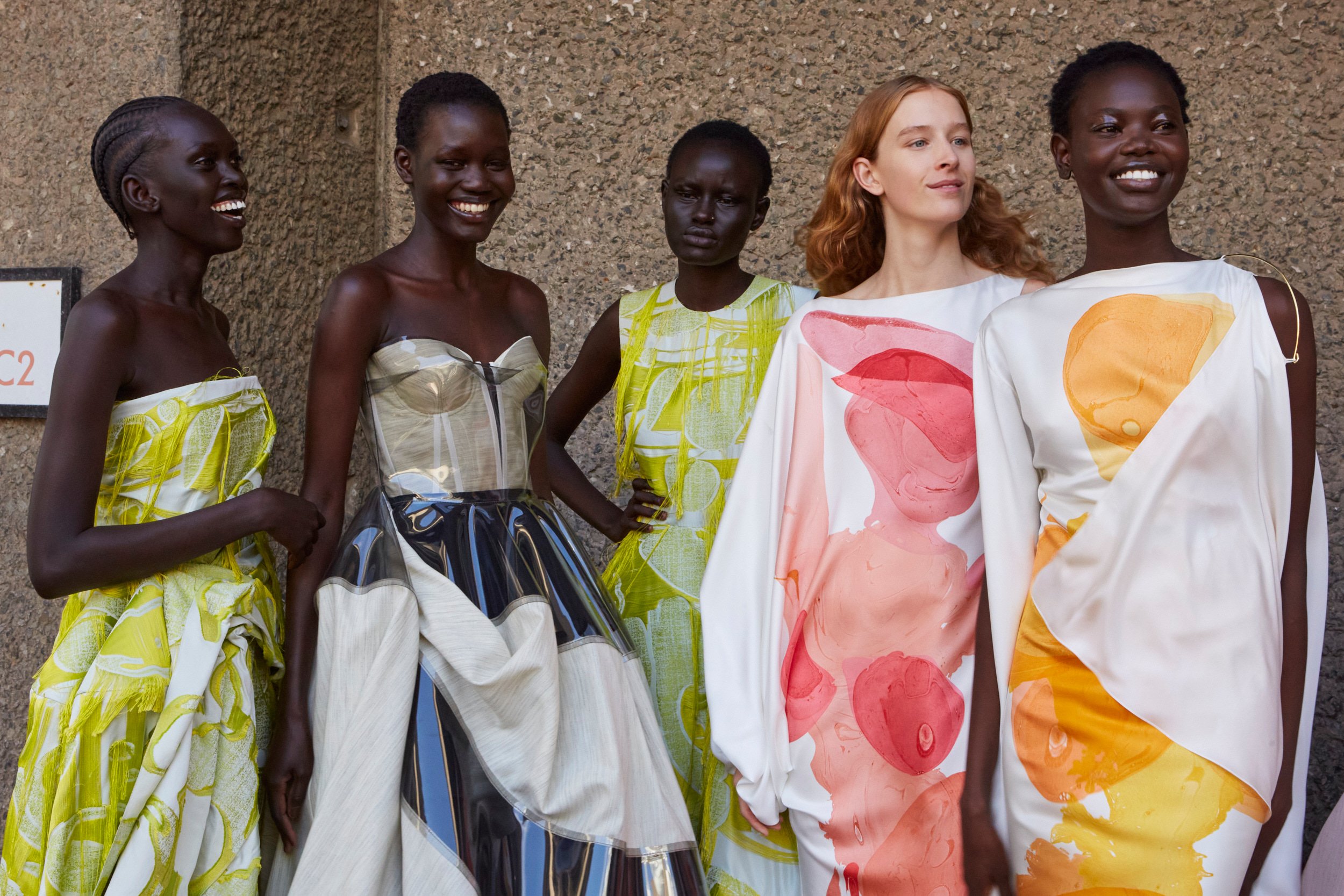
Multi-cultural Communities Matter
An issue which is often raised by the multi-cultural communities who make up Britain’s vibrant and much referenced cultural – music, art, fashion, design – landscape, are the economic barriers to entry. Consistently finding it difficult to partake in unpaid internships to lacking the connections for that much-coveted entry-level position or raising capital to grow their businesses. But in the case of first and second generation designers from across the diaspora who have come to represent the UK, adversity has been proven to build resilience. In the last two decades alone Ahluwalia (Priya Ahluwalia), Labrum London (Foday Dumbuya), Martine Rose, Saul Nash, Wales Bonner (Grace Wales Bonner), Nicholas Daley, Bianca Saunders, Samuel Ross and Tolu Coker have made their mark, preceded by the likes of Duro Olowu, Ozwald Boateng, and Ashish (Gupta).
These designers have created a space for themselves on the London stage – one which has thrived off of a reputation for amplifying free-thinkers and creative innovators whatever their background, who have made it by whatever means necessary. Even if that meant putting on their shows in abandoned buildings, car parks, leisure centres, or local indoor markets.
These designers have also benefitted from having a firm hold on their brand’s identity’s which is often formed from their unique cultural viewpoint.
London Fashion Week is a stage that both amplifies and benefits from the potent mix of designers who make up the multi-cultural mix of the UK. Referencing and reframing their heritage and introducing it to a new audience is what sets the city’s fashion week apart as a leading innovator, as it acknowledges the need for a diverse range of voices in order to remain relevant and continue evolving for the next 40 years.
A special mention must also go to Joe Casely-Hayford (who passed away in 2019, and whose archive was an integral part of The Missing Thread exhibition at Somerset House, celebrating the ‘Untold Stories of Black British Fashion’) for his deft hand at combining the sartorial style of Savile Row with sports and streetwear smarts to form and represent a new kind of British uniform. One born of someone who sat outside of fashion norms and which he referred to as “New Conservative Dressing” according to The New York Times. Internationally recognised, as one of the few black British designers of his time, Casely-Hayford showed his collections on the runways of London, Tokyo, and Paris.
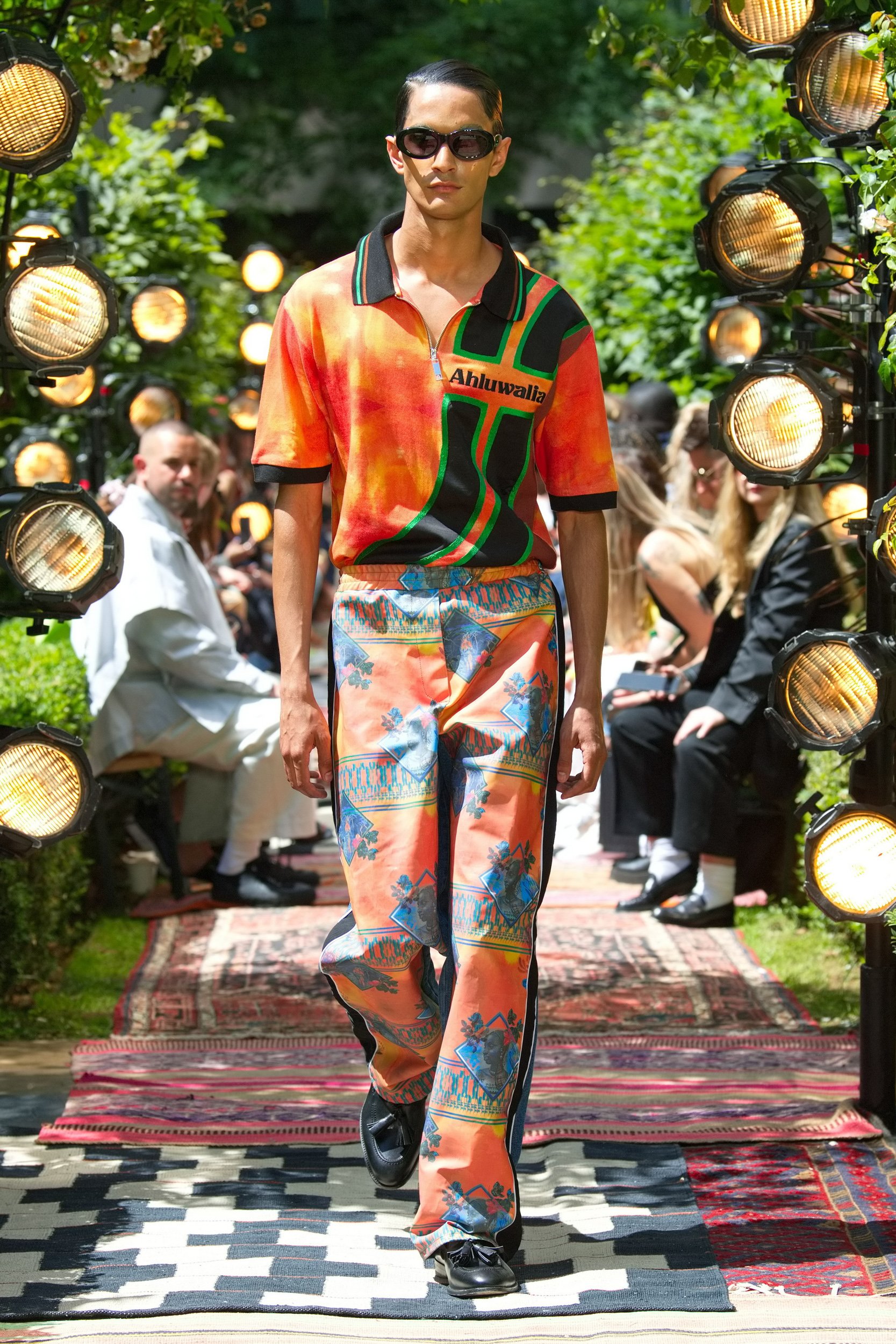
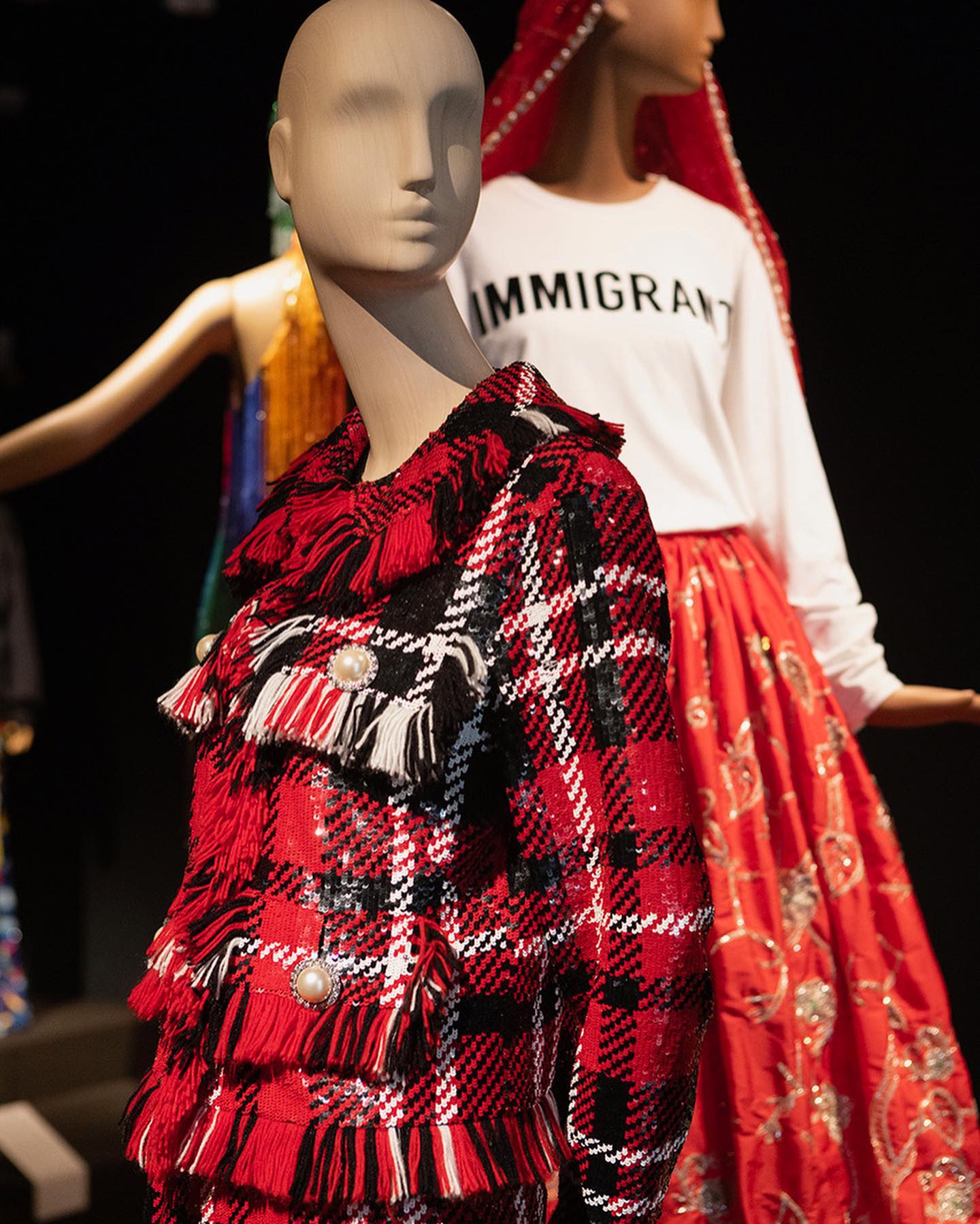

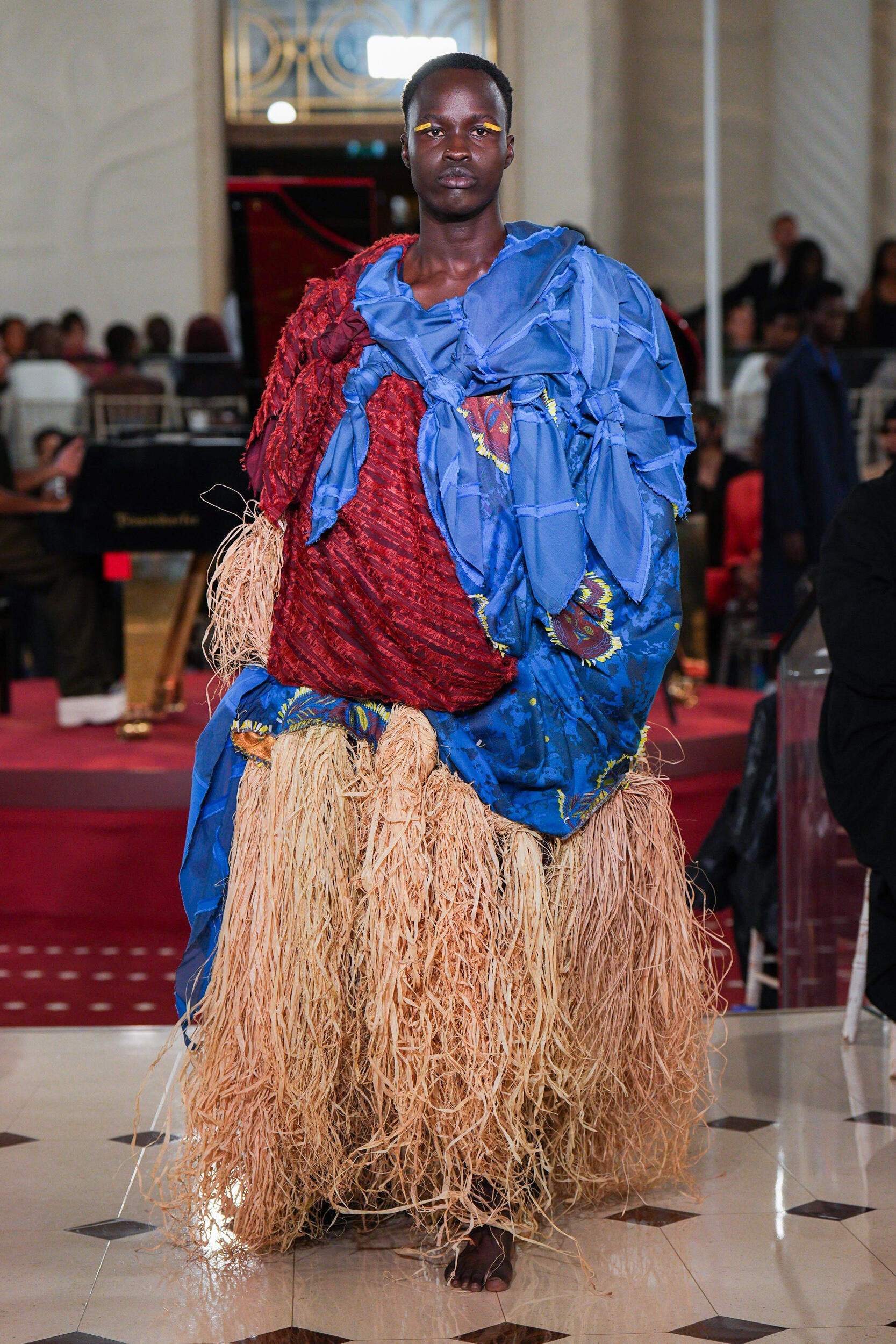

Three Times a Lady
Twee has begun trending again as a new generation, who have grown up on social media, are re-discovering collections from the 2000s and mood boarding them for a dose of ultra-girlishness. But where British designers have always had an edge is in their ability to turn Twee into something a little more punk. Launching in 1999 with a collection titled ‘Daddy, I want a Pony’ Luella Bartley’s Luella brand gave us scruffy schoolgirl looks, mod-like primness, and ladies who lunch, but had also come slightly undone for Spring 2009. Still in the creative arts the designer has turned her hand to painting, following on from a stint at Marc by Marc Jacobs and her well-received return to fashion with her Hillier Bartley label, launched with accessories designer Katie Hillier. Taking the idea even further, Molly Goddard’s OTT confections of tulle in primary brights and neon’s have made her point-of-view pivotal in the way women want to dress today, especially after dressing unhinged serial killer Villanelle in the popular TV series Killing Eve.
Known for his twisted glamour, Giles Deacon who worked with Tom Ford during his Gucci tenure, as well as Bottega Veneta, launched his label in 2006. He used melancholic prints across summer dresses to reframe the season and a severe sort-of Victoriana which paired strict pencil skirts with glossy black coats topped off with stark white ruffled collars and cuffs for fall 2015. And bringing sexy back to the runways, but in his own brash way, Julien Macdonald made a name for himself as the go-to for red-carpet realness, where heavy embellishment and high shine were always warranted.
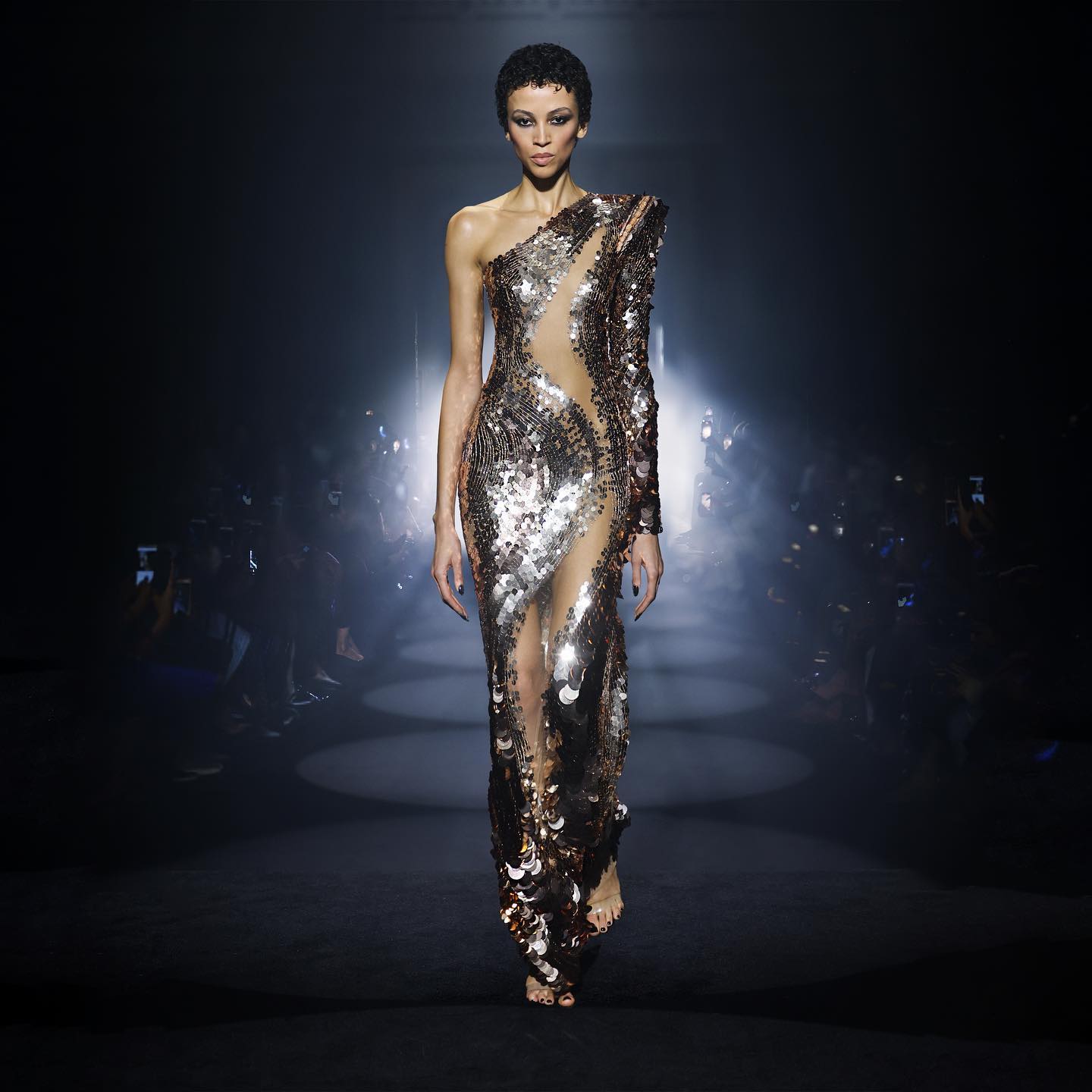
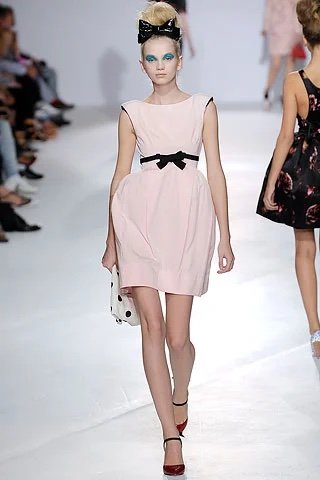

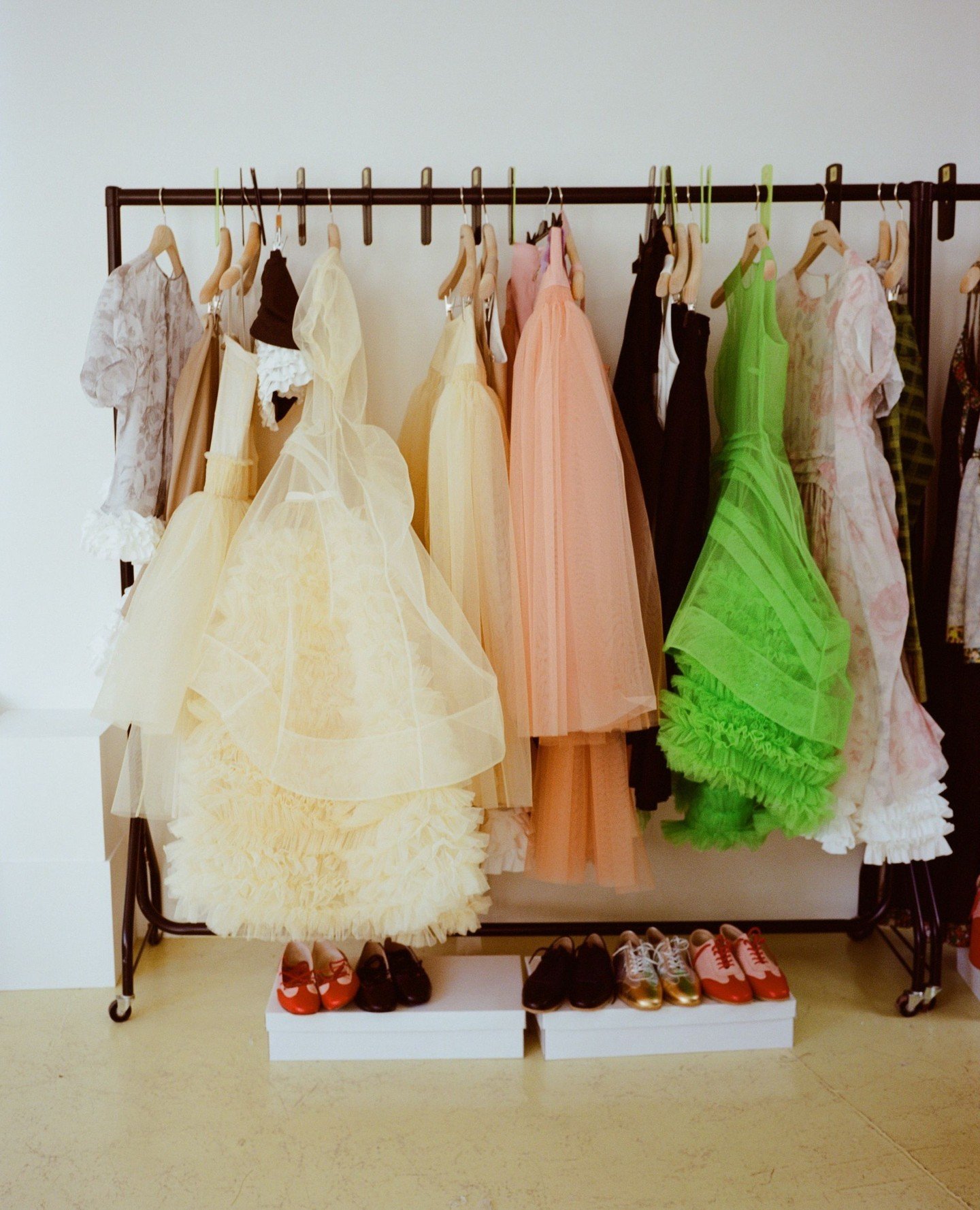
Leading London into the Next 40 Years with British Fashion Council CEO Caroline Rush
To celebrate London Fashion Weeks 40th anniversary, The Impression sat down with Caroline Rush, British Fashion Council CEO to discuss the current landscape in which the event now operates, and how designers – both established and emerging – can best utilise the showcase, as well as the BFC’s extensive resources to carry London fashion week on into the next 40 years.
Angela Baidoo: What has it meant to you, to steer the British Fashion Council (BFC) as its Chief Executive, as well as oversee London Fashion Week?
Caroline Rush: I feel incredibly proud, thinking of the fashion industry and what the team at the British Fashion Council have achieved over the last 15 years, under my tenure. The UK has this international reputation as a capital of creativity and laboratory of ideas. We have also developed the best pathway to support emerging creative talents through the BFC, that I hope not just the fashion industry, but the UK as a whole is proud of.
Angela Baidoo: So many big names have made their mark on the global fashion industry over the 40 years of London Fashion Week, what do you believe it is about this city (and the UK in general) that is able to produce such boundary-breaking creative talent?
Caroline Rush: I think that a key driver of that is the art colleges, which are known globally for pushing the boundaries of creativity, and reimagining what the industry could be. And I think that generation-after-generation are coming through, who are not just looking at our industry, but also society and culture in different ways through the lens of fashion. I also think the fact that we are truly a global capital, as diverse as any capital could be, is what leads to a really interesting perspective. Because it is far from being one country, one nation, it is really thinking about a truly global consumer base, and having an international perspective, which is very unique to London.
Angela Baidoo: Thinking about the global fashion industry for a moment, when considering how the fashion retail market has fractured, with many key retailers – who would have been points of entry for British designers – shuttering, is there a new slower retail model waiting to be unearthed? One that will suit the needs of designers who, maybe, want to produce in smaller quantities, test the demand and then re-stock, as a way to organically build their brands?
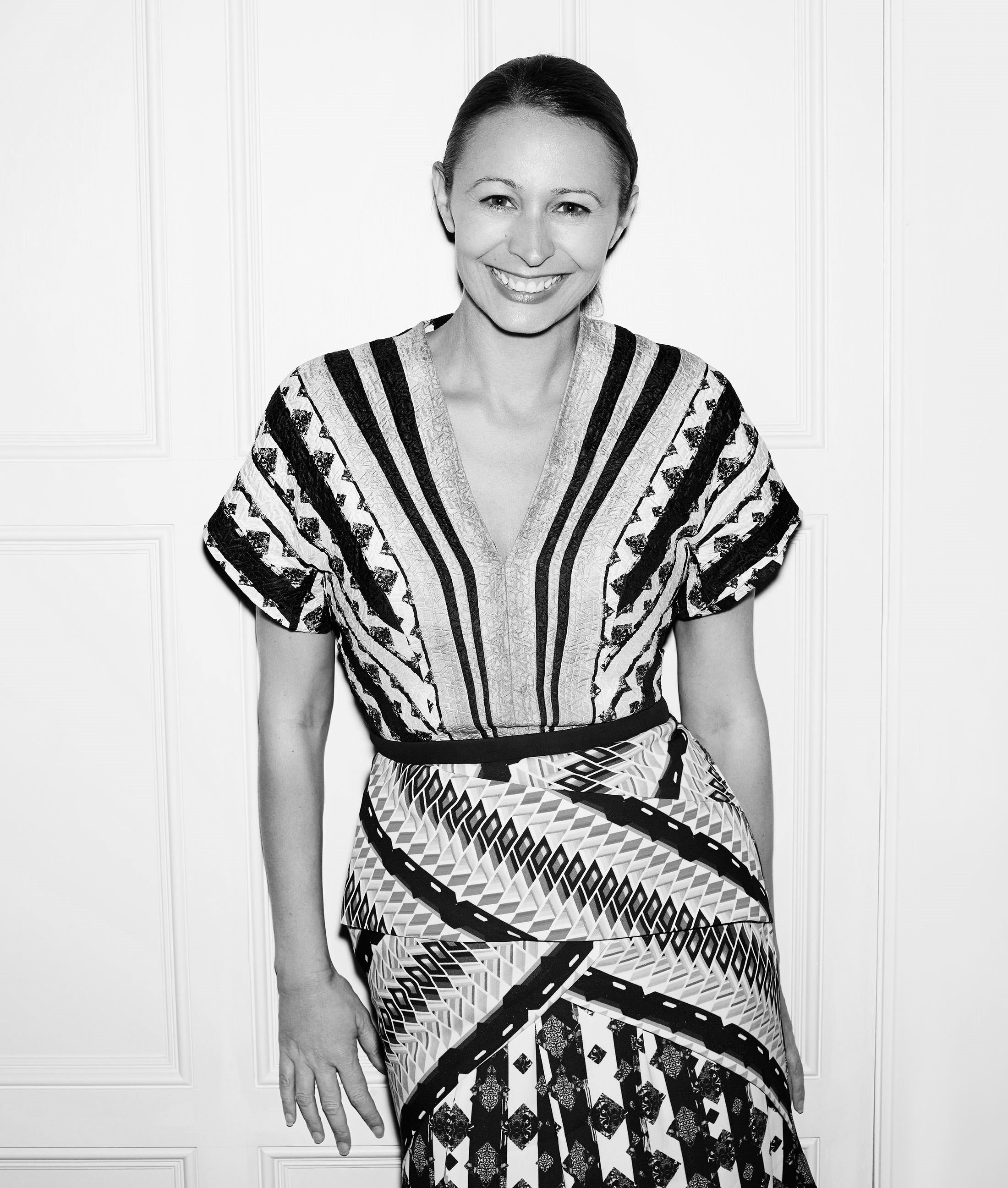
Caroline Rush: It has been a challenging time for the fashion industry since the pandemic, in terms of rebuilding. And if we look at it from a design or businesses perspective, you really have to think about having a balance of wholesale and direct-to-consumer. This should definitely be front of mind for businesses as they think about their growth strategy moving forward. But equally, I think we also need to be reminded that the pandemic helped a lot of designers remember why they started their own labels in the first place, it was the love of creativity, that freedom, and not necessarily always focusing on growth. And I also think that now when they consider margins, financial sustainability, and environmental sustainability, this is leading businesses to take a more thoughtful approach, and that’s really rewarding to see. The younger generation of designers that we will see coming through London Fashion Week are using deadstock fabrics, and upcycling materials, they’re really thinking about building sustainable businesses from the ground up, it’s a very exciting time. The fantastic thing about creative thinking is that it isn’t just in terms of the product where we are seeing it manifest, it’s creative thinking in terms of business models as well.
Angela Baidoo: And as part of that new way of thinking, can you talk about how have you witnessed British designers, whether that’s Jonathan Anderson or Simone Rocha, change the perception of what British design can be – from punk to historical romance, subverting utilitarian uniforms or streetwear?
Caroline Rush: I think that British designers have really played into that sense of individuality and freedom of expression. And when people think about British fashion, you obviously think about Vivienne (Westwood) and her no holds barred creativity, also (Alexander) McQueen, (John) Galliano, Hussein Chalayan were all challenging the status quo in a different way. All the way through to JW Anderson, Simone Rocha, and Molly Goddard. It is really – especially for the next generation coming through – about freedom of expression, and this is what people think about when they think about British fashion. And that’s really important in a world where we want to make sure we’re able to express who we are authentically.
Angela Baidoo: So, when it comes to the next generation, it is really encouraging to see designers move at an accelerated pace and show their savviness in truly knowing their community. Whether that’s by adding in new product categories or collaborating with unexpected industries. Can you speak to any new designers who you feel are truly moving the needle of British fashion? As in, can you see the beginnings of a new (Alexander) McQueen or (John) Galliano?
Caroline Rush: We are seeing incredible creativity like that year-after-year, the challenge being how to take that creativity and build it into a long-standing business. And I think it’s really clever to focus on new product categories, where you can potentially get volume and margin whilst allowing you to have that freedom of expression for your ready-to-wear collections. Equally, the opportunity to collaborate for young designers has allowed them to step into bigger businesses while building their own business acumen along the way.
But I am never concerned about the creativity we see coming through, as it is boundless. What we always try and do is look at how we can build mentoring programmes around these businesses to make sure they have support for the longer term.
I think that British designers have really played into that sense of individuality and freedom of expression. And when people think about British fashion, you obviously think about Vivienne (Westwood), and her no holds barred creativity, also (Alexander) McQueen, (John) Galliano, Hussein Chalayan were all challenging the status quo in a different way.
— Caroline Rush, Chief Executive Officer, British Fashion Council
Angela Baidoo: What would you say are the 3 key ingredients for sustainable growth for new designers? Whether they are new, or have been trading for over a decade?
Caroline Rush: As businesses look to the future, there should really be a grounding in the creativity and the DNA of the brand. Focusing on measured growth at this point in time, building their community and being able to sell direct to their customer, whilst also finding the right wholesale partners to guide them when entering new markets. And, obviously, with sustainability credentials coming through I know from so many of the businesses that we work with, through the BFC foundation and membership, there is also a need to focus on how to be leaders in sustainability as well. And since releasing our UK Fashion Diversity, Equity, and Inclusion report, for the talent who are entering these businesses, at the independent level they have a diverse workforce, and for bigger businesses, we need to make sure they are really think about the diversity and skills within their workforce that will make sure that they are fit for the future.
Angela Baidoo: And just speaking of The UK Fashion Diversity, Equity, and Inclusion report, it was really it was an eye opener, and I think a lot of people in the industry need to be aware of the findings. But I just wanted to ask from a London Fashion Week perspective, we see on the schedule you have designers from Sierra Leone, Serbia, Italy, Greece, and China, showcasing the diversity of talent who have come through the ranks to make it to the global stage, but the BFC’s most recent DEI report on the UK Fashion industry highlighted the need for change behind-the-scenes within all levels of the workforce – and on boards – in order for the UK to remain innovative. Can you elaborate more on how you think that much-needed change can be embedded to reflect society-at-large? Speaking to your 3 pillars of leading from the top, data collection, and putting in place systems of accountability.
Caroline Rush: I think the first thing is really to look at the data. Because once businesses collect the data of where they are in their organisation, and how diversity is represented across the different levels, they will get a good idea of the work that needs to be done. And when businesses do that, and take time to reflect, they may see that there is a lack of diversity in positions of power, and that is going to have to be addressed quickly, or as quickly as possible. Because it will genuinely give them a competitive advantage by having a diverse leadership. I also truly believe that businesses which have that diversity of thought, can better navigate challenging times and accelerate when the opportunities are there.
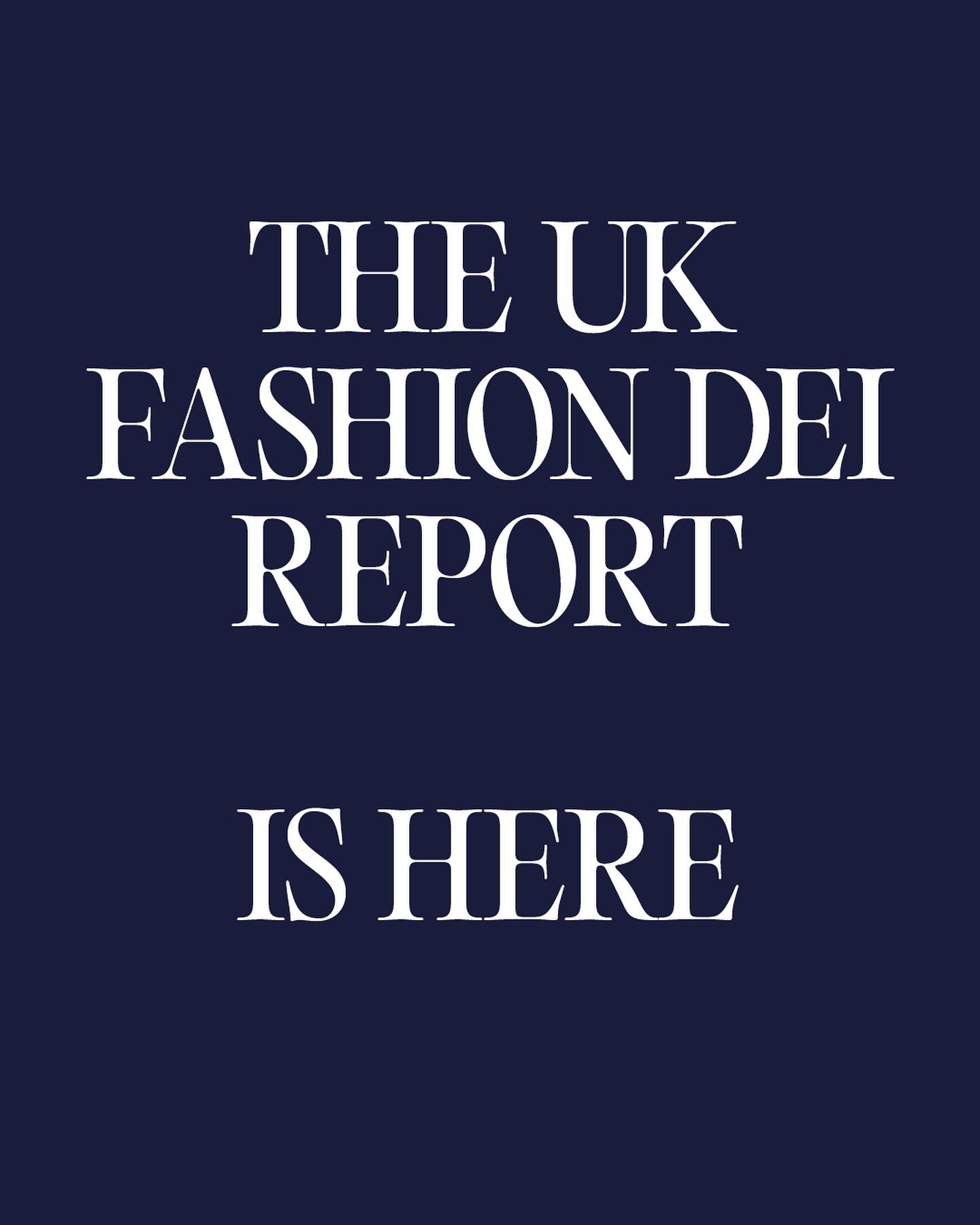


Angela Baidoo: We are also hearing more and more about designers struggling with the business side of fashion – whether that’s raising capital or negotiating wholesale contracts – how do you feel this knowledge gap can be bridged from an educational or industry perspective?
Caroline Rush: We often see it, time after time, with young designers coming through, but the way that we approach it is to really think about listening to the community and to provide resources for them to access. I do truly have empathy for young designers, the challenge is that fashion is an intense business, it’s incredibly fast paced, and if you’re a one-man band, or even a team of three and four, having the time to actually design and deliver a collection, as well as to attend the webinars and use the resources available can be really challenging. But I would say to them, you have to make the time to build your knowledge as a business owner, you can’t just rely on creativity alone. And so having the knowledge and the access to expertise that we have through the British Fashion Council membership, Portal, and through the mentoring that we have for foundation designers, is absolutely essential to building a business. And it’s not an easy business, but emerging designers should rely on the knowledge and the experience of those that have been in the industry for some years as is still valid. This will really help businesses to navigate some of the difficult choices that they have to make, or even as you said, building the skills to be able to negotiate the contracts that they need to move forward.
Angela Baidoo: And lastly, how would you advise new designers to embrace the various paths open to them, as a means of getting their name out there in today’s fast-paced industry – from runways and presentations to intimate dinners and pop-ups?
Caroline Rush: People are always quite surprised that we organise London Fashion Week but we often challenge businesses as to whether they need to do a fashion show, whether there are other ways to reach audiences, as I think it is really about being focused on who you want to reach. So, if you have a specific idea of who you want to sell to, you have to make sure those people are in the room, or that the content that you’re creating is reaching those people, that is the most important thing, it is about being really targeted.
Shows may work incredibly well for some brands because they are spectacle, as you know, images travel far and wide. But equally, as you said, a small intimate presentation that’s incredibly targeted because it also delivers, is equally as viable an option. We are always open to brainstorm and help with ideas for designers. I think quite often people assume that our number one goal to meeting a market is to do a fashion show, and of course, I think fashion weeks are still incredibly powerful, but there are many ways that businesses can do it. But they should also consider switching to different formats to reach their audiences when needed.
I feel incredibly proud, thinking of the fashion industry and what the team at the British Fashion Council have achieved over the last 15 years, under my tenure. The UK now has this international reputation as a capital of creativity and laboratory of ideas. We have also developed the best pathway to support emerging creative talents through the BFC, that I hope not just the fashion industry, but the UK as a whole is proud of.
— Caroline Rush, Chief Executive Officer, British Fashion Council
